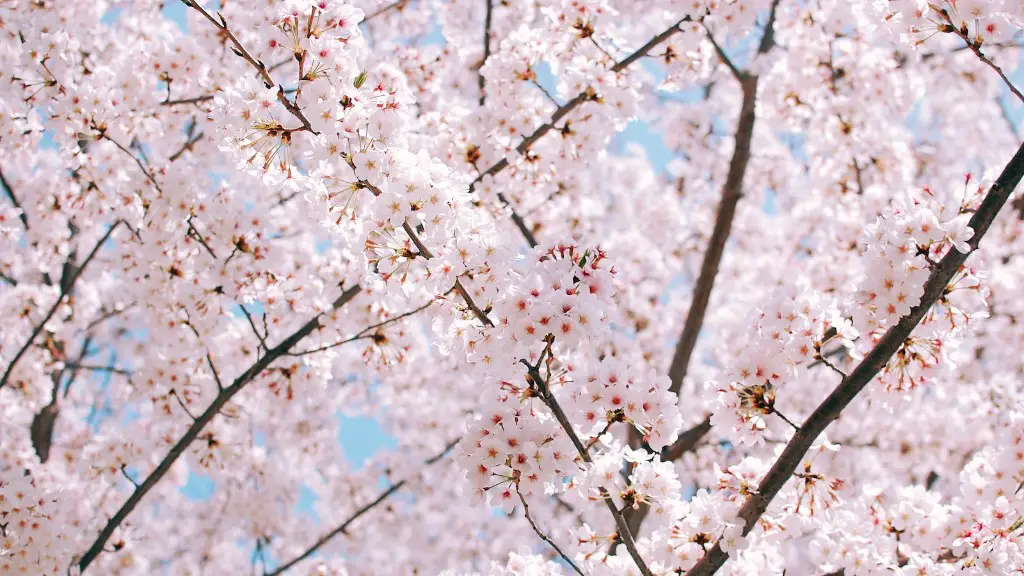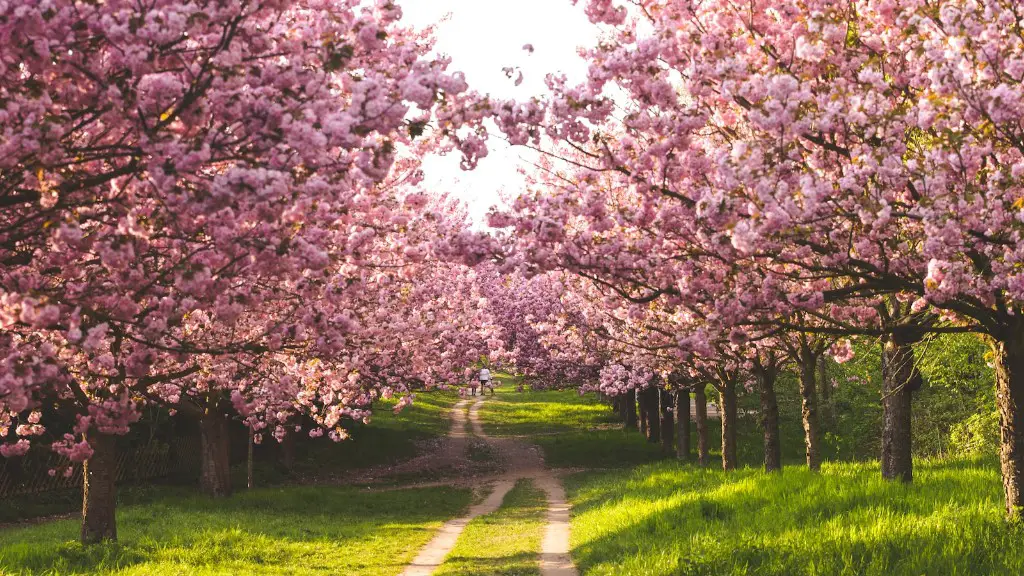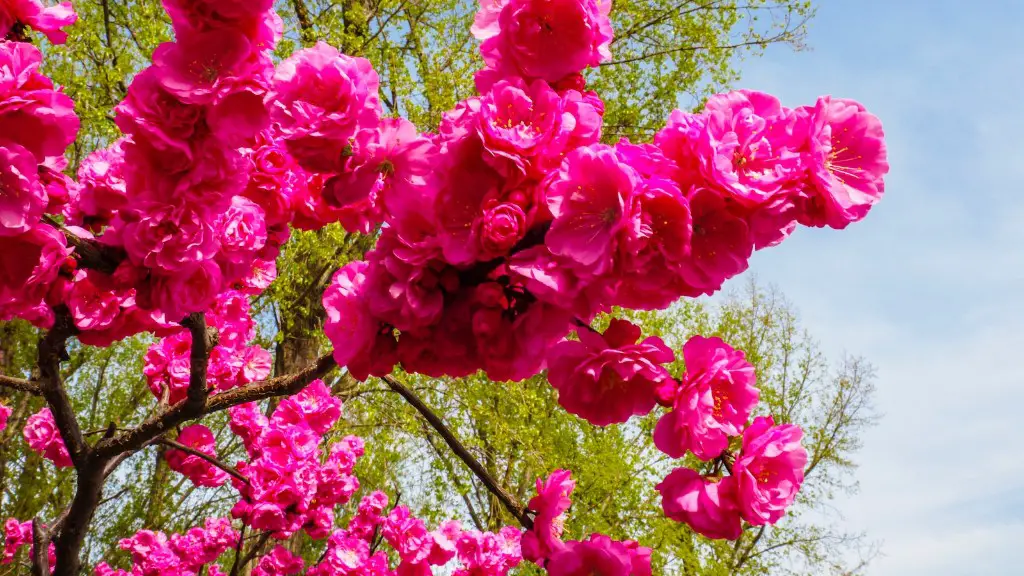Protecting your Cherry Tree from Birds
Having a backyard cherry tree is such a delightful experience. Showcasing the changes of season with its beautiful blooms in spring and the sweet abundance of cherries in summer serves as a great addition to your outdoor life. But, to achieve the best of what your cherry tree has to offer, there are a few steps you should take to protect it from birds.
The best ways to protect your cherry tree from birds is to use mesh barriers, audible repellents, reflective repellents, and visual scare tactics. The most common methods are mesh barriers, because they are relatively easy and inexpensive to install. Nets are used to cover the trees and create a physical barrier between the cherry tree and the birds. They come in a variety of sizes and densities, so small birds can be kept out while larger birds can be allowed to still perch on the branches.
The other options available to protect your cherry tree include audible repellents, such as ultra-sonic devices, multi-tone generators, and portable hawk and owl callers. These devices are designed to produce loud noises that scare away birds. They are most effective when used in combination with other tactics; for example, using a hawk and owl caller in conjunction with a mesh barrier.
Reflective repellents are designed to be used in combination with a mesh barrier or net. They produce a reflection of light that birds find uncomfortable. This type of deterrent is usually used to protect a large area to scare away birds, as opposed to a single cherry tree.
Lastly, visual scare tactics are designed to scare away birds with the use of objects or models. These include owl decoys, rubber owls, and fake snakes. The idea behind this method is that the birds will be startled by the sight of the objects and will move away from the tree.
Level of Protection
When it comes to protecting your cherry tree, the level of protection you choose should depend on the amount of time and effort you are able to put in as well as your budget. If you have no problem with setting up and taking down mesh barriers, you can use them on a seasonal basis. However, if you would prefer a more permanent option, then devices such as audibles, reflective repellents, and visuals might be the way to go.
One of the key things to remember when it comes to choosing the level of protection for your cherry tree is that the longer the level of protection is used, the greater the chances that the birds will become accustomed to the deterrents. Over time, the deterrents will become less effective as the birds learn how to avoid them. To combat this, it is important to change up the deterrents every few months to keep them effective.
It is also important to consider the size of the birds you are trying to deter. Some birds, such as crows and seagulls, are larger and more determined. The level of protection you choose should be more robust in these cases. Conversely, if you are trying to protect your cherry tree from smaller birds, such as finches, then your protection level can be more moderate.
Inspection and Maintenance
The inspection and maintenance of any protective measures you have taken to protect your cherry tree is key to ensuring the protection is effective. Any holes or cuts in the net must be patched or the net must be replaced. Similarly, devices such as ultra-sonic devices must be inspected regularly to make sure they are still working properly. And for any visual scare tactics, the objects should be checked to make sure they are still in effective condition.
If the protective devices become worn or damaged, they must be replaced or repaired immediately, as this can render them ineffective and put your cherry tree at risk. It is also important to make sure that any visual scare tactics are adequately concealed, as the birds will quickly become accustomed to them if they can be easily seen.
Birds and Ornithology Research
In order to best protect your cherry tree, it is important to understand the behavior of the birds you are trying to deter. Doing some research on the species of birds in your area and the threats they pose can provide you with valuable insight into the best methods to protect your cherry tree. Keeping up-to-date on recent ornithology research and understanding the natural behavior of the birds can provide you with more effective protection.
The more information you have on the birds in your area, the better equipped you will be to select the most effective form of protection for your cherry tree. With the right approach, you can protect your cherry tree from birds and reap the rewards of the delicious fruits produced in the summer.
Biological and Natural Deterrents
In addition to mechanical deterrents, there are also biological and natural deterrents that can be used to protect your cherry tree from birds. Planting dense shrubs and trees around the perimeter of the cherry tree can provide a natural barrier and make it difficult for the birds to access the tree. Planting particular plants can also act as a repellent for birds, such as planting nepeta, a similar species to catnip, which can deter birds from pecking at the tree and fruit.
Introducing certain types of plants or animals can also be an effective repellent. For example, introducing a chicken or a rooster into the area can be effective at deterring larger birds such as crows and seagulls, as the presence of a predator can make the birds feel threatened. Additionally, the presence of something like a bat house can help attract bats to the area, which can help keep birds away since bats feed on insects and berries that the birds would otherwise eat.
There are some natural protection methods you can use to protect your cherry tree as well. One of the oldest methods of protecting a tree is to wrap it with burlap or a similar material. This will not only act as a deterrent to birds, but it will also protect the trunk of the tree from any damage that may occur due to animals such as squirrels and rodents.
Installation and Implementation
Once you have chosen the protection method that is right for your cherry tree, the next step is to properly install and implement the protection. When it comes to mesh barriers, be sure to use quality materials and read the instructions for proper installation carefully. It is also important to check for any snags or tears in the mesh to ensure it is secure and effective. If you choose to use any audibles, reflectives, or visuals, be sure to properly install them and make sure the birds can actually be deterred by them.
The last step is to properly maintain the protective measures you have implemented. This means regularly checking the protective devices for any damage or wear and tear. Regularly inspecting the protective barrier, devices, and plants that you have implemented is essential to ensure they remain effective. Additionally, it is important to regularly check if the birds have been deterred by the protection and adjust accordingly if needed.
Dealing with Persistent Birds
Even with the best protection methods in place, some birds may still persist in attempting to access the cherries on your cherry tree. In these cases, the best thing to do is to discourage continued attempts by the birds. Spraying water from a garden hose can be effective in deterring persistent birds. Additionally, flagging tape can be used to create a deterrent effect with its bright colors and movement. It is important to stay vigilant and discourage the birds if they continue to try to access the cherries.
There are also chemical deterrents available that can help to deter persistent birds. While these should generally be used as an absolute last resort, they can be effective at discouraging birds from frequenting the area. Additionally, there are some bird repellents that use taste aversion techniques to make the cherries unappetizing to birds.
Protecting your cherry tree from birds is an important step in ensuring that you get the most out of your tree and its delicious cherries. By taking the steps outlined here, you can choose the most effective protection for your tree and enjoy the fruits of your labor for many seasons to come.





